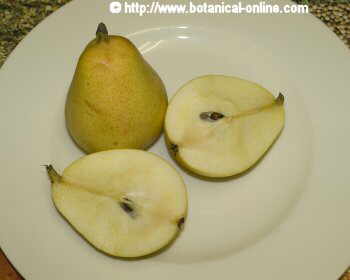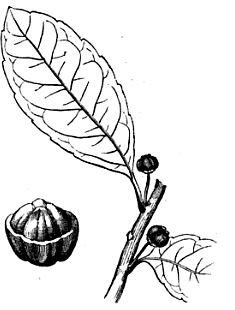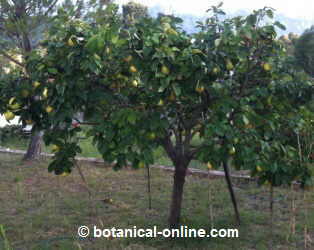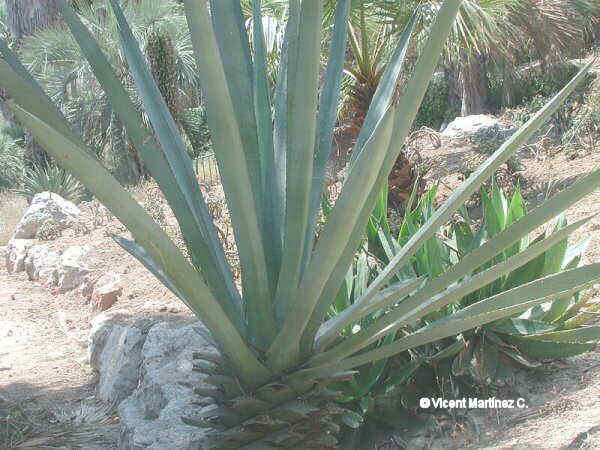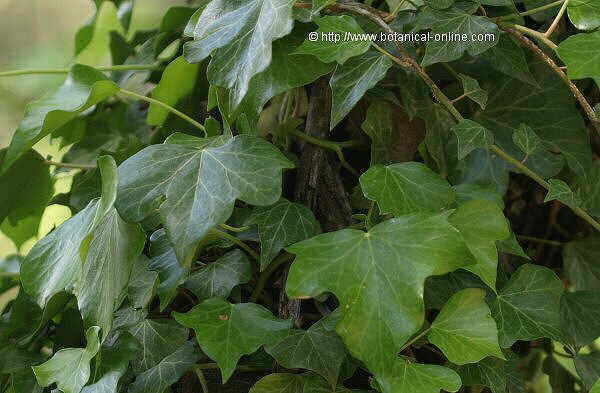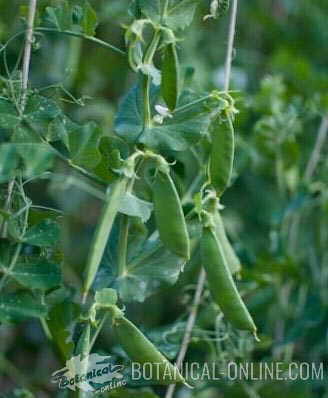Contents
What is a grapefruit (Citrus x paradisi)?
Characteristics of grapefruit
Common English name: Grapefruit
See common name in other languages
Scientific name: Citrus x paradisi Macfad
The general opinion is that grapefruit is a hybrid fruit that was formed by a cross betwen the orange (Citrus sinensis) and Pomelo, also called pumelo or shaddock (Citrus maxima), a tree that produces a kind of old and monstrous lemon that can weigh up to 10 kg, with an average weight of about 4.5 kilograms.
MacFayden James, in his book Flora of Jamaica, called grapefruit a different species of shaddock for the first time in 1837.
Family. Rutaceae. Within the family of Rutaceae, plants belonging to genus Citrus, such as grapefruit, lemon or orange, are the most popular plants.
Grapefruit description

Grapefruit tree with fruits
Grapefruits are the fruits of grapefruit (Citrus x paradisi) an evergreen tree of Rutaceae family up to 8 m high.
Grape fruit has erect stems and branches usually with spines.
Leaves ovate, bright green, darker above, up to 15 cm long with a broadly winged petiole.
Grapefruit flowers appear solitary or in clusters, rather large.
Grapefruit fruit is a hesperidium, 10 to 15 cm in diameter, sour, juicy, more rounded than orange. Yellow skin, leathery, smooth and mottled.
Although primitive varieties have many seeds, those which are sold today have few or almost none.
Different types of grapefruits
Although the most common variety has a yellowish greenish pulp, other varieties can offer pink, red or white pulp, with different degrees of acidity and sweetness. (More information about grapefruit varieties)
History of grapefruit. Where to find grapefruits?
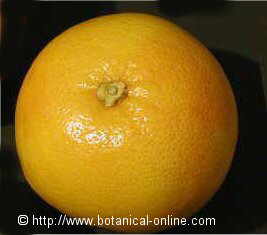
A detail of the fruit of grapefruit
The origin of grapefruit is centered in the East Indies and Polynesia, as it has been reported by many writers and botanists of early nineteenth century in places like Jamaica, the Bahamas or Tahiti.
From these areas, it spread to many hot climate countries like the southern United States (Florida, Texas and California), Brazil, Israel, Mexico, Argentina, Greece, Spain, South Africa, etc.
Where can it be cultivated?
Its cultivation requires a suitable climate, being the best a subtropical one with warm temperatures in order for the fruits to ripen faster (They take about 6 or 7 months).
Adequate temperatures are also necessary so as fruits to have a thinner skin and a less acidic pulp.
In not so warm places, grapefruit fruits need more than a year to mature and develop thicker skins and a pulp with a higher level of acidity. They also prefer slightly acidic soil.
Propagation, as in the rest of citrus, is made by cuttings. Liable to many diseases such as tristeza virus, gummosis, psoriasis, bold, etc.., they are also prone to attack by many pests (mites, birds, aphids, thrips, lice, etc…)
![]() More information on grapefruit.
More information on grapefruit.


